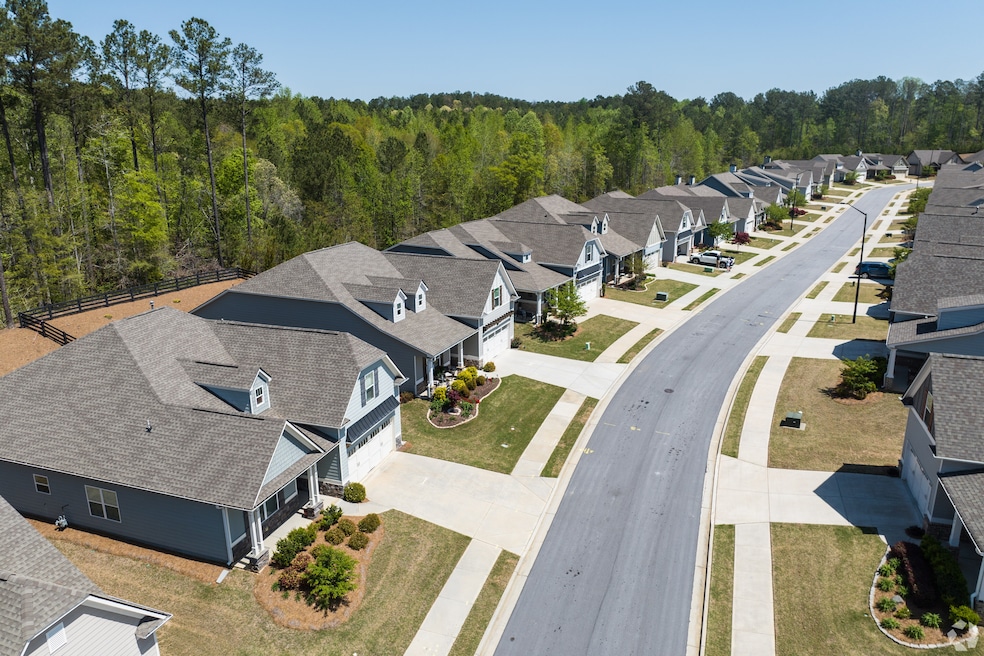Mounting pessimism, fueled by elevated mortgage rates and economic uncertainty, is weighing on U.S. housing starts in what is traditionally a vibrant period for residential real estate.
Builders started a seasonally adjusted 1.361 million homes in April, up 1.6% from the revised March figure but still just below the consensus of analysts, according to figures released Friday by the U.S. Census Bureau and the Department of Housing and Urban Development. Overall starts fell 1.7% from April 2024.
Multifamily groundbreakings drove the slight monthly increase as single-family starts dropped to a seasonally adjusted 927,000 units, the lowest level since July. The April total represented a decline of 2.1% from March and 12% from a year earlier.
Spring typically is the busiest time for home sales as consumers look to buy and get settled before a new school year starts. But major U.S. homebuilders are largely unimpressed by demand so far, and homebuilder sentiment in May fell to the lowest level since November 2023.
Mortgage rates increased slightly this week to 6.81% from the prior week, according to mortgage giant Freddie Mac. With rates still uncomfortably close to 7%, builders will have to keep cutting prices and offering incentives, such as mortgage-rate buydowns, analysts say.
"Anxious potential home buyers will need some coaxing to come off the sidelines," said Odeta Kushi, deputy chief economist at First American, in an email.
The government data also shows single-family building permits at their lowest level since May 2023 and housing completions outpacing starts, an indication of fewer units under construction, according to Kushi. Still, single-family home production can rebound later in the year, especially with less restrictive monetary policy, she said.
Recent upbeat reports from tariff negotiations with the United Kingdom and China and the tax legislation advancing in Congress could help boost demand, according to the National Association of Home Builders. But larger tariff uncertainty, elevated mortgage rates and rising costs for building materials are the biggest drawbacks to building affordable homes, NAHB Chairman Buddy Hughes said in a statement.
Meanwhile, Wells Fargo said in a report Friday that it expects residential construction to contract this year. The report noted that the April government data showed single-family permits down in every region, particularly in the South and West.
"The South has been the focus of builders and developers over the past several years," the report stated. "The region has seen significant increases in new construction, and now activity looks to be slowing in order to balance high inventory levels with more moderate demand."

